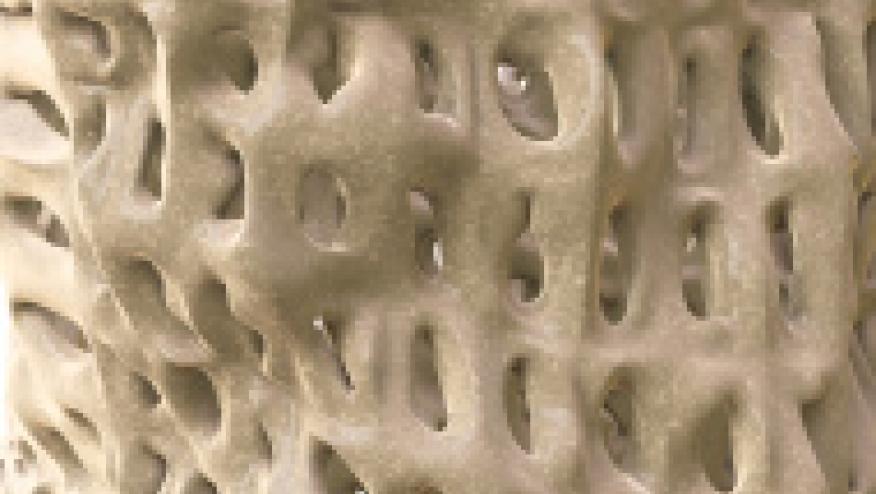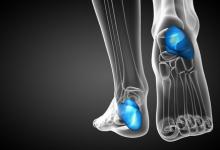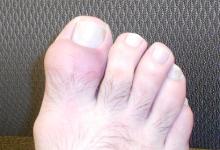Biology of Bone Remodeling in Psoriatic Disease Save

Paine and Ritchlin have reviewed the evidence that new bone formation is centered around enthesial sites and that such findings are evident in psoriatic arthritis as well as psoriasis patients without arthritis. Uniquely involved is the IL-23/IL-17 pathway that drives Th17 and Th22 cells, CD8IL-17 T cells, γδT cells, and type 3 innate lymphoid cells and the augmented production of IL-17 and IL-22. It appears that inflammation in both the skin and the gut (driven by or reflected in the microbiome) may lead to changes in bone biology that leads to the distinctive pattern of new bone formation. Future studies in bone imaging along with cellular, molecular, microbiome, and other omics technologies research will further ellucidate how these networks are connected and can be clinically manipulated or improve our understanding of bony changes in psoriatic diseases.







If you are a health practitioner, you may Login/Register to comment.
Due to the nature of these comment forums, only health practitioners are allowed to comment at this time.